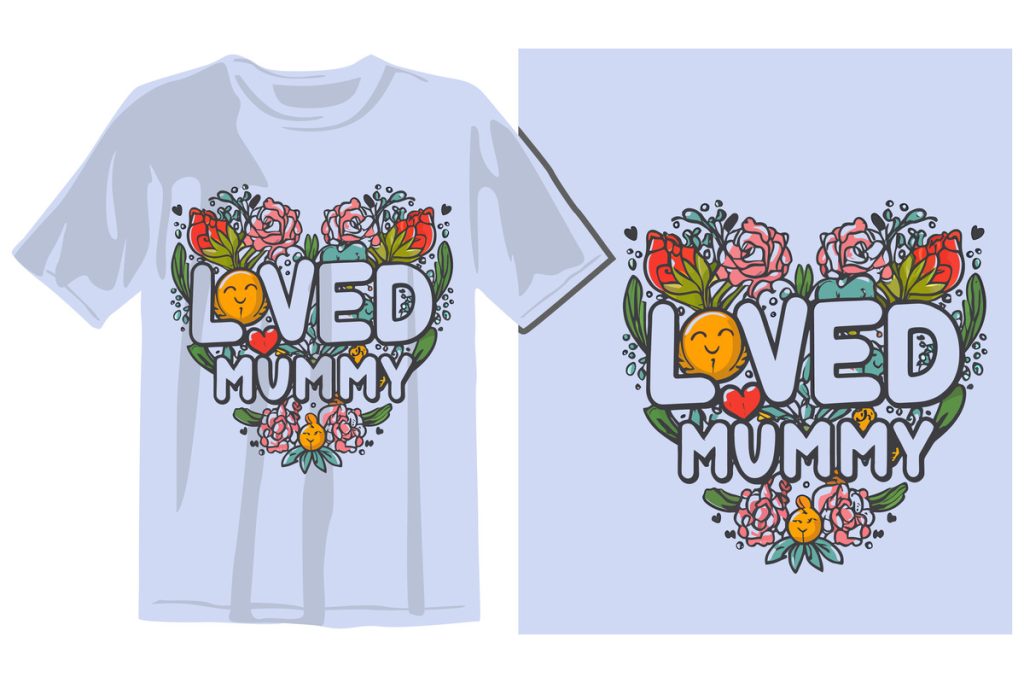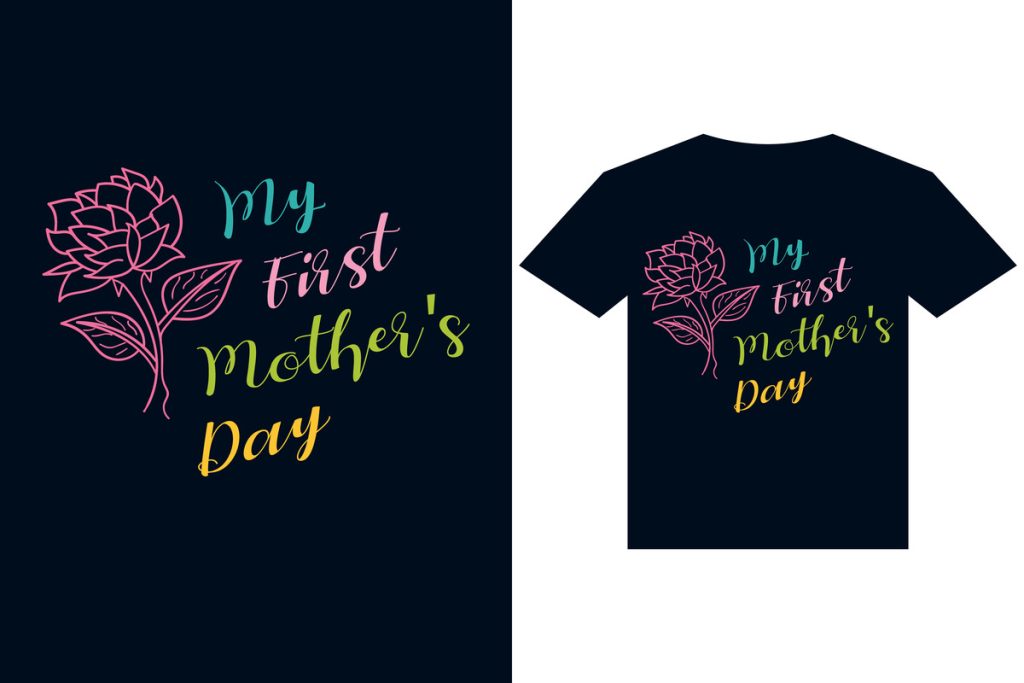In the ever-evolving landscape of custom fabric printing, **DTF transfers** (Direct-to-Film transfers) stand out as a groundbreaking technique that enhances quality and efficiency. This innovative method allows for vibrant designs to be printed onto specialized transfer films, which can then be easily transferred onto various fabrics through a simple heat application process. With its growing popularity among enthusiasts and professionals alike, this guide will delve into the advantages of DTF transfers, why they are favored for custom apparel, and the essential equipment required for beginners to start their journey in DTF printing. Whether you are looking to create stunning apparel or expand your small business, understanding DTF transfers can open up a world of creative possibilities. Let’s explore the benefits and practical applications of this exciting printing technology.
In recent years, the printing industry has embraced various innovative approaches, with **Direct-to-Film (DTF)** processes gaining traction among custom printing methods. Often referred to as film printing, this technique involves a meticulous approach to transferring designs directly onto fabrics, opening doors for hobbyists and businesses in custom textile art. Many individuals are now entering the realm of custom fabric decoration, drawn by the allure of high-quality prints and the ease of the application process associated with DTF technology. By streamlining the printing workflow, enthusiasts are discovering the seamless integration of detailed designs onto various material types. This comprehensive examination sheds light on the mechanics of fabric transfer printing and highlights its potential for newcomers to the craft.
Understanding the Basics of DTF Transfers
DTF transfers, or Direct-to-Film transfers, represent a revolutionary approach in the custom fabric printing landscape. Unlike traditional methods like screen printing or vinyl cutting, DTF printing involves a more sophisticated process that utilizes a specially formulated ink. This ink is applied to a film, which then undergoes treatment with an adhesive powder. The beauty of DTF transfers lies in their ability to yield high-quality prints with remarkable color vibrancy and detailed graphics that adhere to a wide array of textiles.
This method appeals to both seasoned professionals and beginners in the apparel printing industry. By leveraging a heat transfer technique, DTF printing bonds the design securely onto garments, ensuring durability and resistance to wear over time. As a result, those looking to create custom apparel can achieve outstanding results that maintain integrity wash after wash.
Step-by-Step DTF Printing Process Explained
The DTF printing process begins with the printing of a design onto a specialized transfer film using high-quality, water-based inks. This step is crucial, as the choice of ink directly impacts the final print’s color quality and adherence. After printing, the film is coated with an adhesive powder that sticks to the printed areas, setting the stage for the transfer onto fabric. This multi-step procedure is essential for ensuring that the prints are vibrant and durable.
Finally, the film is placed under a heat press, which applies the necessary temperature to melt the adhesive powder and secure the design onto the fabric. Once cooled, the film can be peeled away, leaving behind a stunning and long-lasting print. This comprehensive process is what makes DTF transfers an appealing choice amongst various fabric printing methods.
Advantages of DTF Transfers Over Traditional Printing Techniques
One significant advantage of DTF transfers is their unparalleled versatility. Unlike other printing methods that may be restricted to specific fabric types, DTF printing can be applied to a wide range of textiles including cotton, polyester, and blends. This flexibility opens up new possibilities for creators who wish to explore different fabrics and materials.
Another key benefit is the quality of prints that can be achieved through DTF transfers. The process allows for intricate designs and vibrant color reproduction that can be challenging through other printing techniques. Additionally, the longevity of the prints is noteworthy. DTF transfers are designed to withstand multiple washes and wear, making them ideal for custom apparel that requires durability.
Essential Equipment for Starting with DTF Printing
To dive into DTF printing, certain essential equipment is necessary. Firstly, a specialized DTF printer is required that uses unique inks formulated for this process. This printer must be capable of producing high-definition prints on a transparent film, which is crucial for the transfer process.
Additionally, obtaining quality adhesive powders and special transfer films is vital for achieving successful prints. A reliable heat press is equally important, as it ensures that the adhesive bonds appropriately to the fabric during the transfer process. Beginners can benefit from starter kits available through various suppliers, which often provide all the essential tools needed to initiate their DTF printing journey.
Market Trends Driving the Popularity of DTF Printing
Recent trends indicate a significant uptick in the popularity of DTF printing within the custom apparel market. As more people engage in do-it-yourself fashion projects and personalized clothing, the demand for accessible and efficient printing solutions continues to grow. Low startup costs associated with DTF printing make it particularly appealing for both hobbyists and entrepreneurs seeking to establish small businesses in the textile printing industry.
Furthermore, the increasing interest in unique designs has led to a thriving community of DTF printing enthusiasts. This growing market is further supported by advancements in technology and resources that allow individuals to learn and master DTF printing techniques, thereby enhancing their creative potential.
Resources for Beginners Interested in DTF Printing
For newcomers to the world of DTF printing, various resources are available to facilitate learning and skill development. Online platforms such as Udemy and Skillshare offer dedicated courses focused on DTF printing, providing visual guides and practical exercises to enhance understanding. This structured learning approach is particularly beneficial for those who prefer a step-by-step method to grasp the process.
Additionally, blogs and forums like Printavo and A Better Lemonade Stand serve as invaluable resources for research and community support. These platforms often feature detailed articles, troubleshooting tips, and forums where experienced printers share their insights. Engaging with the vibrant DTF community, whether through social media or local groups, can also foster collaboration, idea-sharing, and inspiration.
Frequently Asked Questions
What are DTF transfers and how do they work?
DTF transfers, or Direct-to-Film transfers, involve printing designs onto a special transfer film using water-based inks. After printing, the film is coated with adhesive powder and then heated to bond the design to fabric. This process ensures vibrant colors and intricate details in custom fabric printing.
What are the advantages of using DTF transfers for custom fabric printing?
The advantages of DTF transfers include versatility across various fabrics, high-quality prints with vivid colors, and durable designs that can withstand frequent washing. This makes DTF printing a preferred choice for custom apparel.
What equipment do I need to start DTF printing?
To begin DTF printing, you’ll need a DTF printer, special transfer film, adhesive powder, and a heat press. These essential tools allow you to create high-quality DTF transfers for your custom printing projects.
Are DTF transfers beginner-friendly?
Yes, DTF transfers are considered beginner-friendly due to minimal technical barriers and low startup costs. Many suppliers offer starter kits with all necessary equipment, making it accessible for newcomers to the custom fabric printing world.
Where can I find resources for learning DTF printing as a beginner?
Beginners can find resources for DTF printing through online courses on platforms like Udemy, blogs and forums like Printavo, and YouTube tutorials that provide step-by-step instructions and best practices.
How do I ensure the durability of prints made with DTF transfers?
To ensure the durability of DTF transfers, use high-quality transfer films and adhesives, follow proper heat application techniques, and choose appropriate fabrics. This will help the designs resist fading and wear over time.
| Key Points | Details |
|---|---|
| What are DTF Transfers? | DTF transfers (Direct-to-Film transfers) involve printing designs onto a special film using water-based inks and heat application to transfer vibrant designs onto fabrics. |
| Process of DTF Transfers | 1. Printing on Film: Using a DTF printer for vibrant designs. 2. Applying Adhesive Powder: Coating the printed film. 3. Heat Transfer: Using a heat press to bond the design to fabric. |
| Advantages of DTF Transfers | – **Versatility:** Can be applied to various fabrics. – **High-Quality Prints:** Vibrant colors and detailed designs. – **Durability:** Prints withstand washing and wear. |
| Required Equipment | – DTF Printer – Special Transfer Film – Adhesive Powder – Heat Press Starter kits are available for beginners. |
| Market Trends | Growing popularity in custom apparel, low startup costs, and increased resources available for learners and beginners. |
| Learning Resources | – **Online Courses:** Platforms like Udemy and Skillshare. – **Blogs/Forums:** Printavo, A Better Lemonade Stand. – **YouTube:** Tutorials and community education. |
Summary
DTF transfers have revolutionized the world of custom apparel and textile printing, making it an exciting avenue for creativity and craftsmanship. This method not only facilitates the creation of high-quality prints on a variety of fabrics, but also boasts significant advantages such as versatility, durability, and ease of application. As we see a surge in demand for custom printing methods, DTF technology is increasingly favored by both hobbyists and professionals alike. With countless resources at their disposal, anyone looking to explore DTF transfers can effortlessly get started and unlock the potential of this innovative printing technique.



